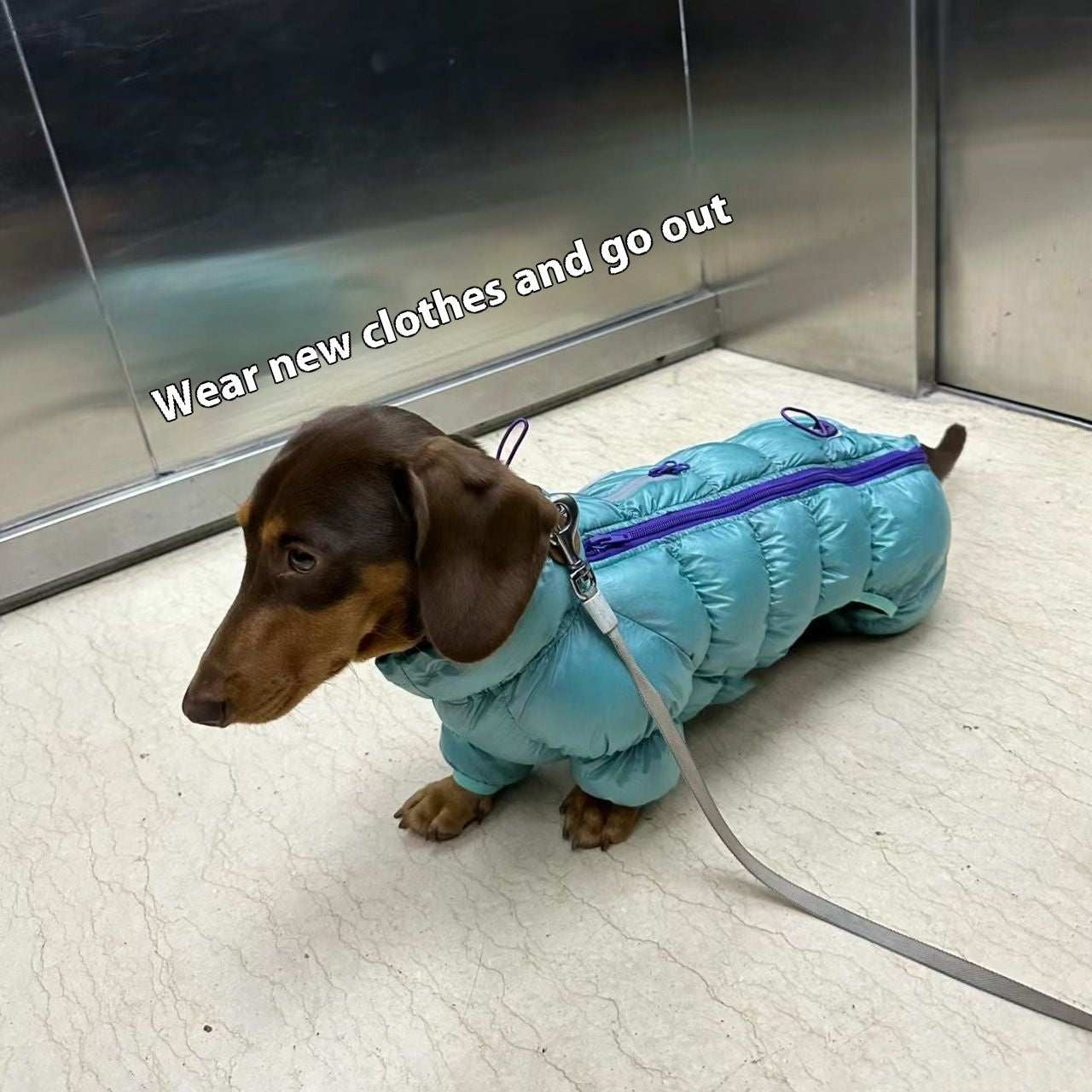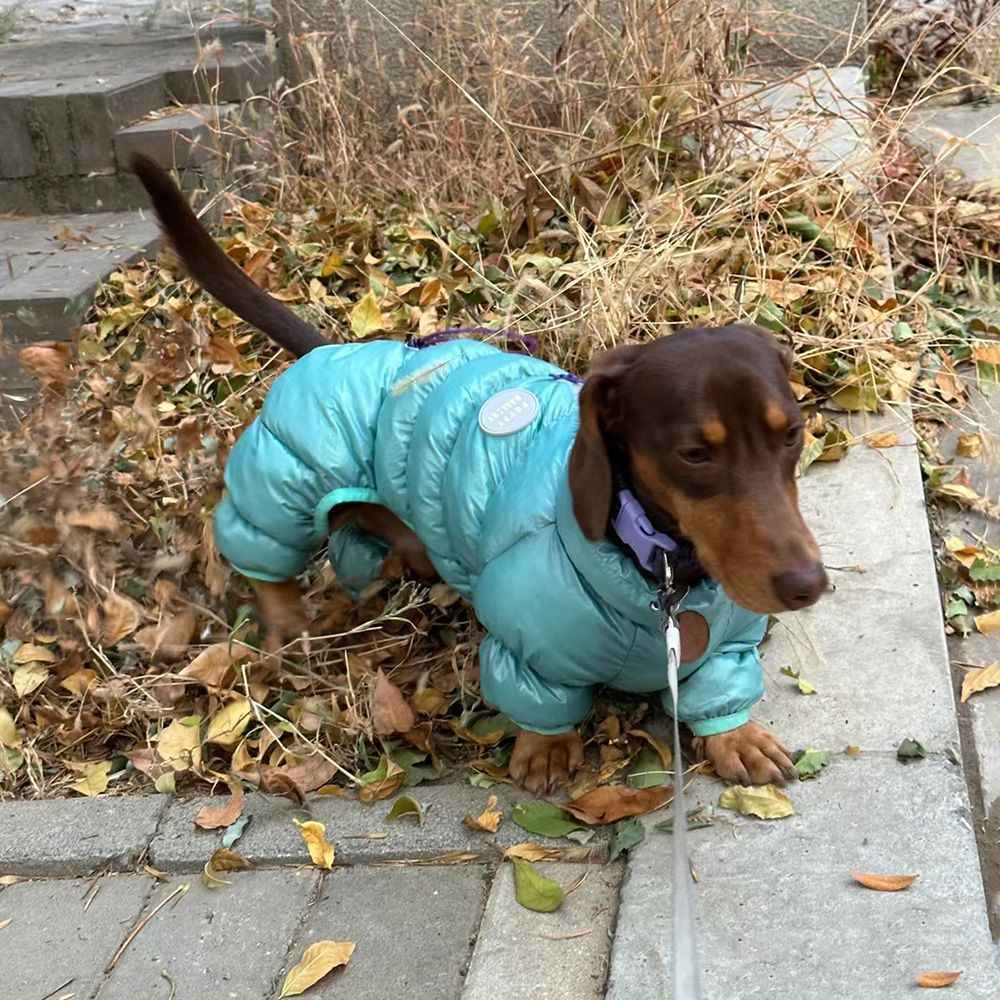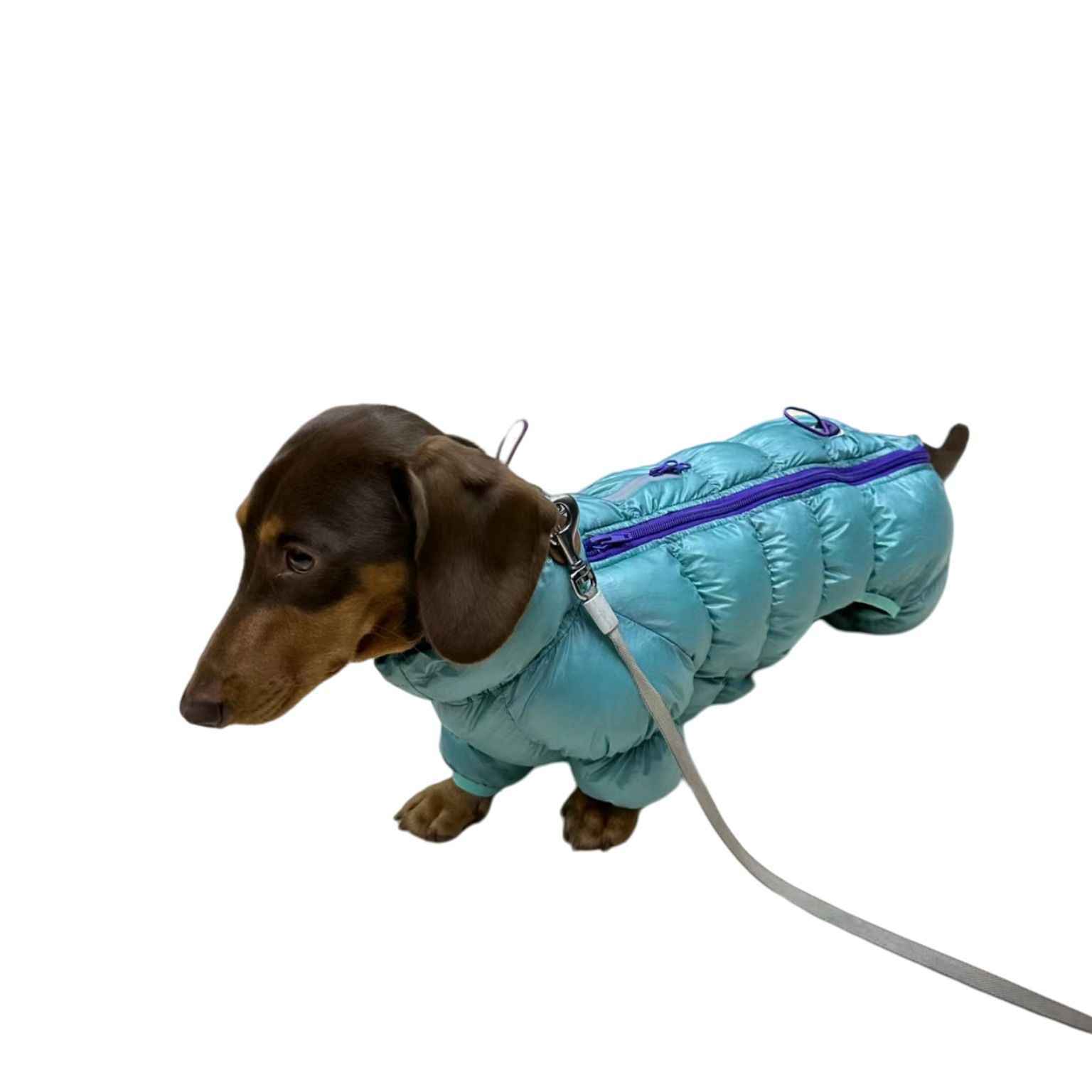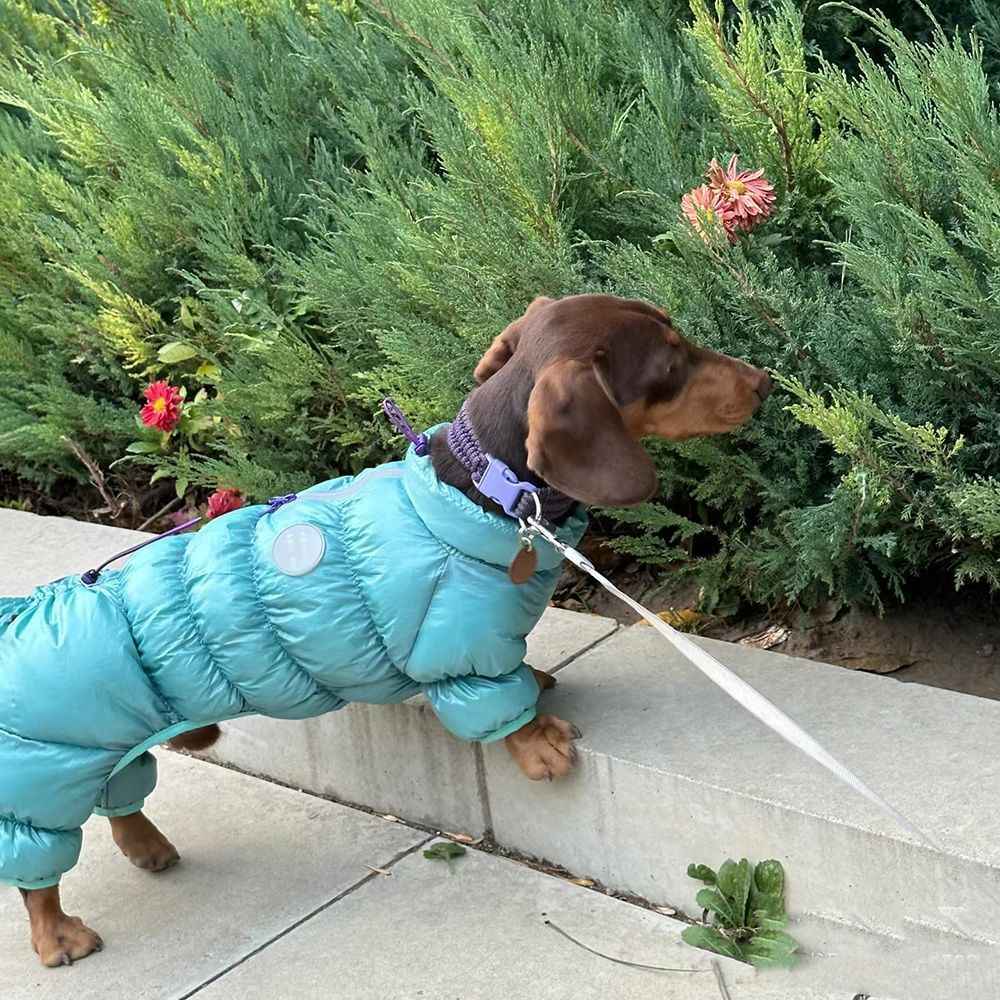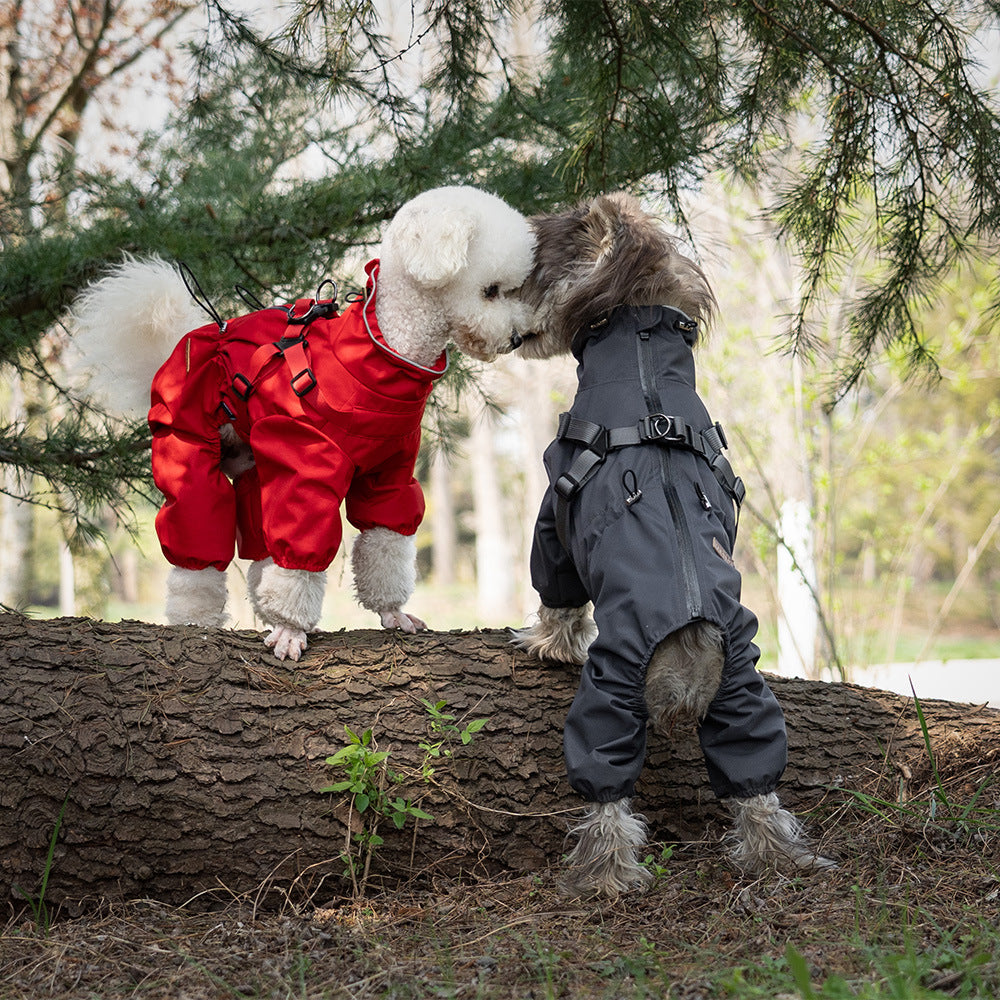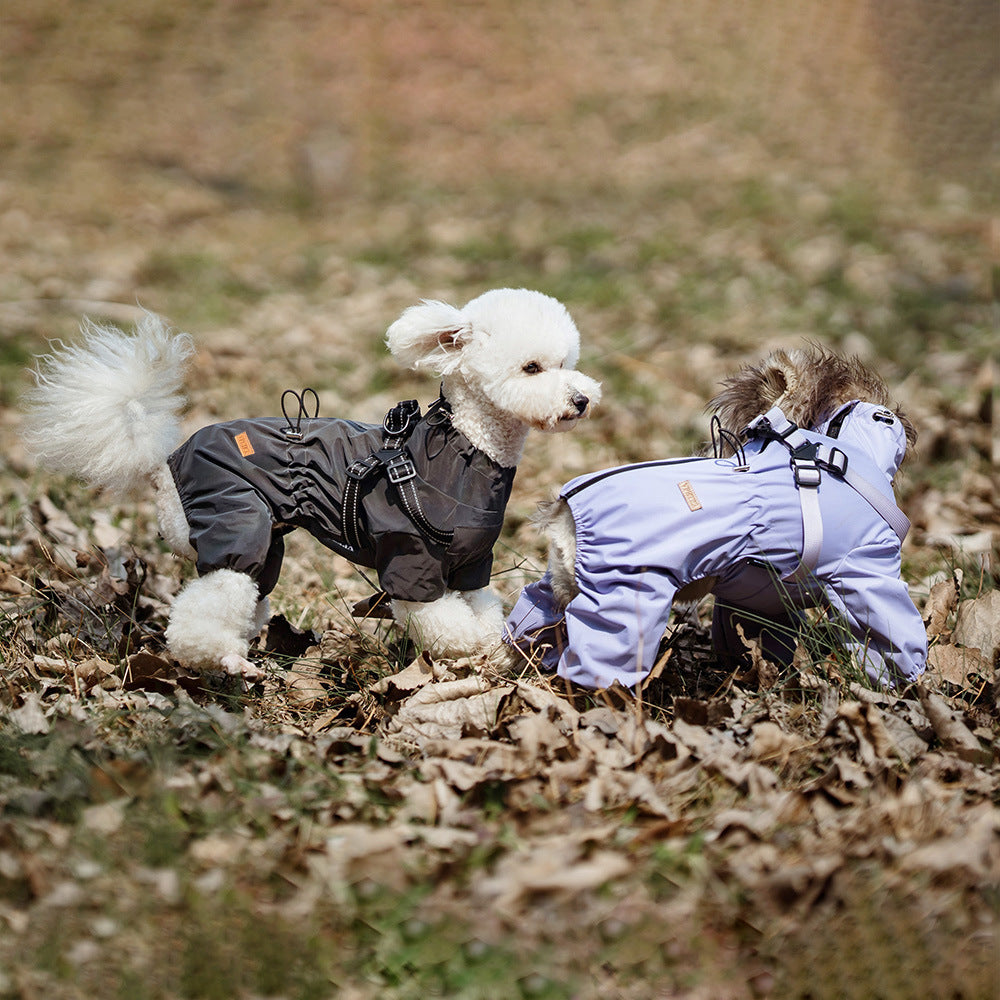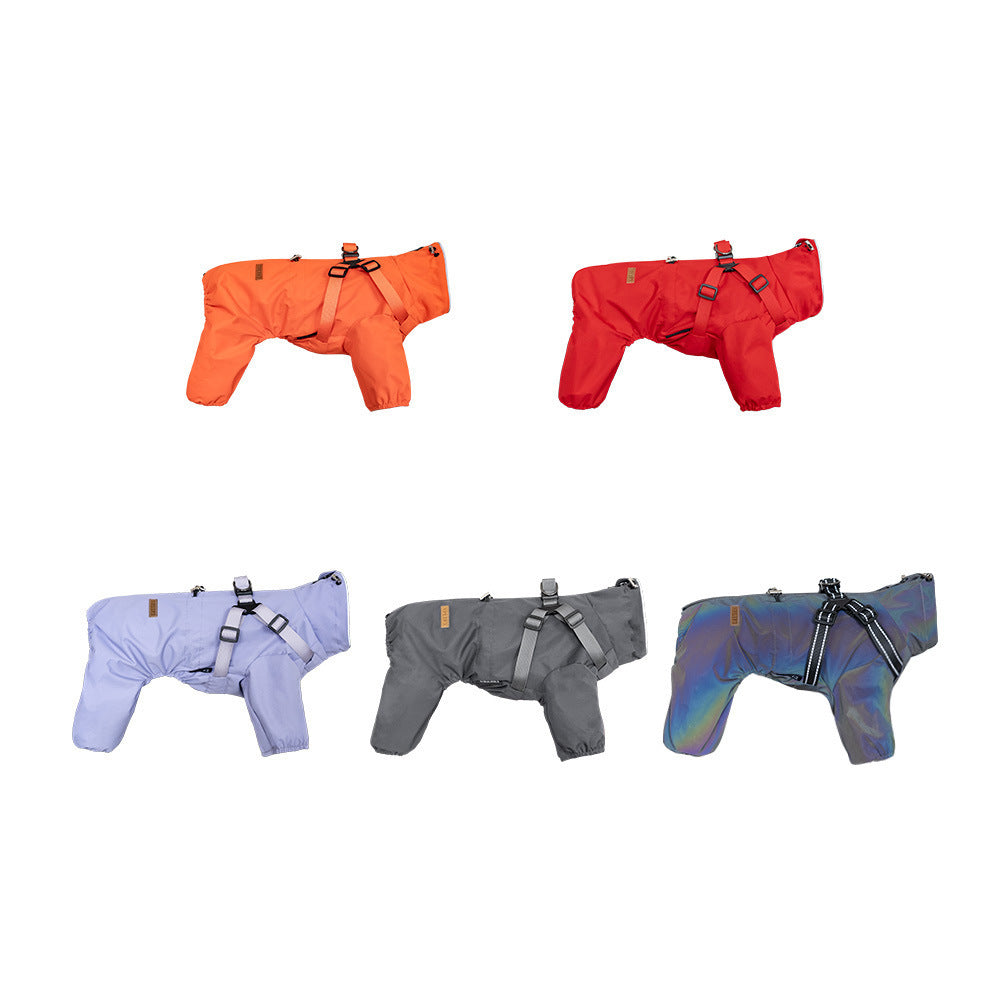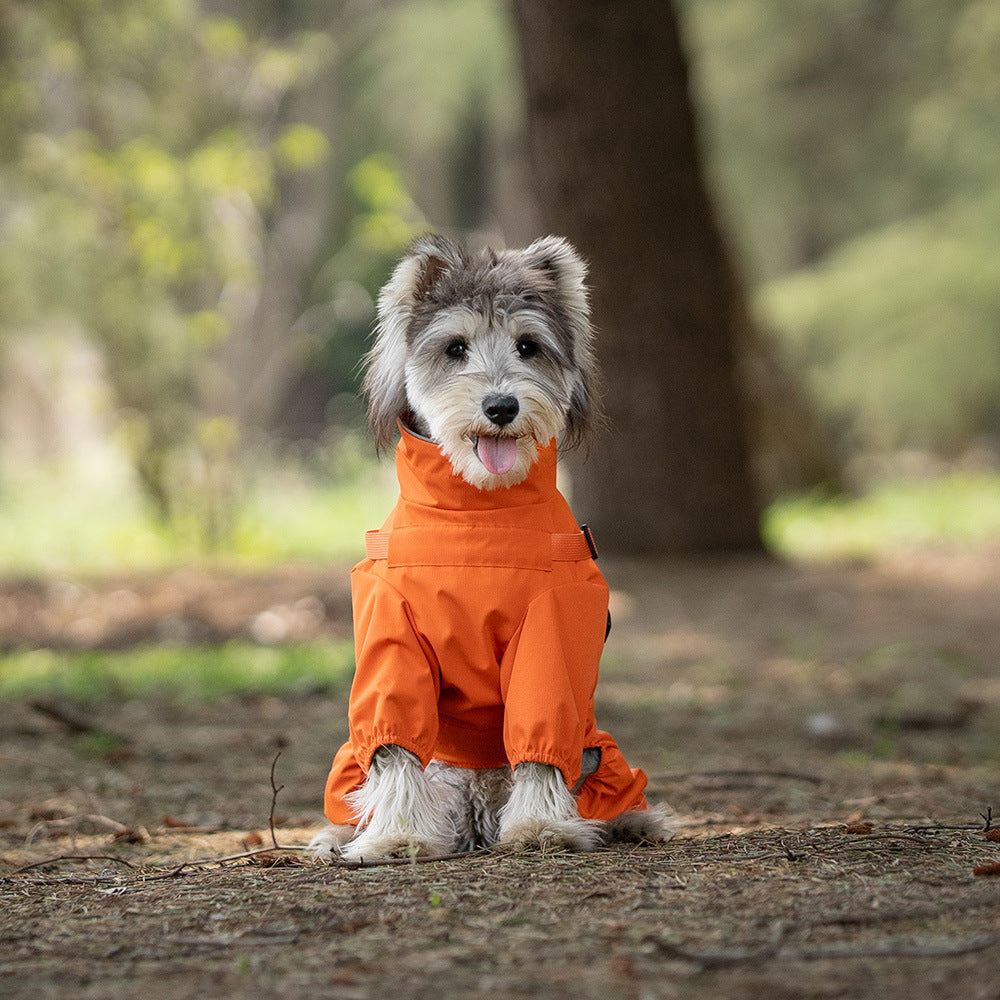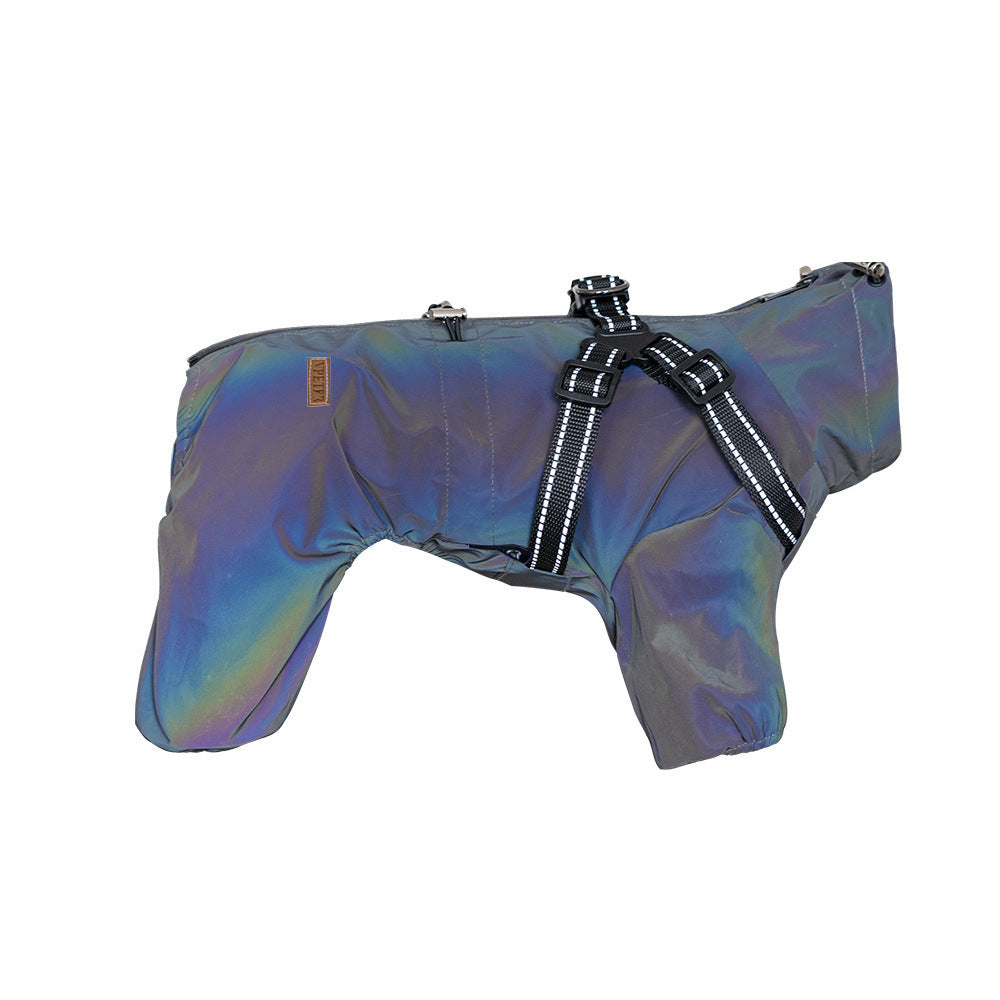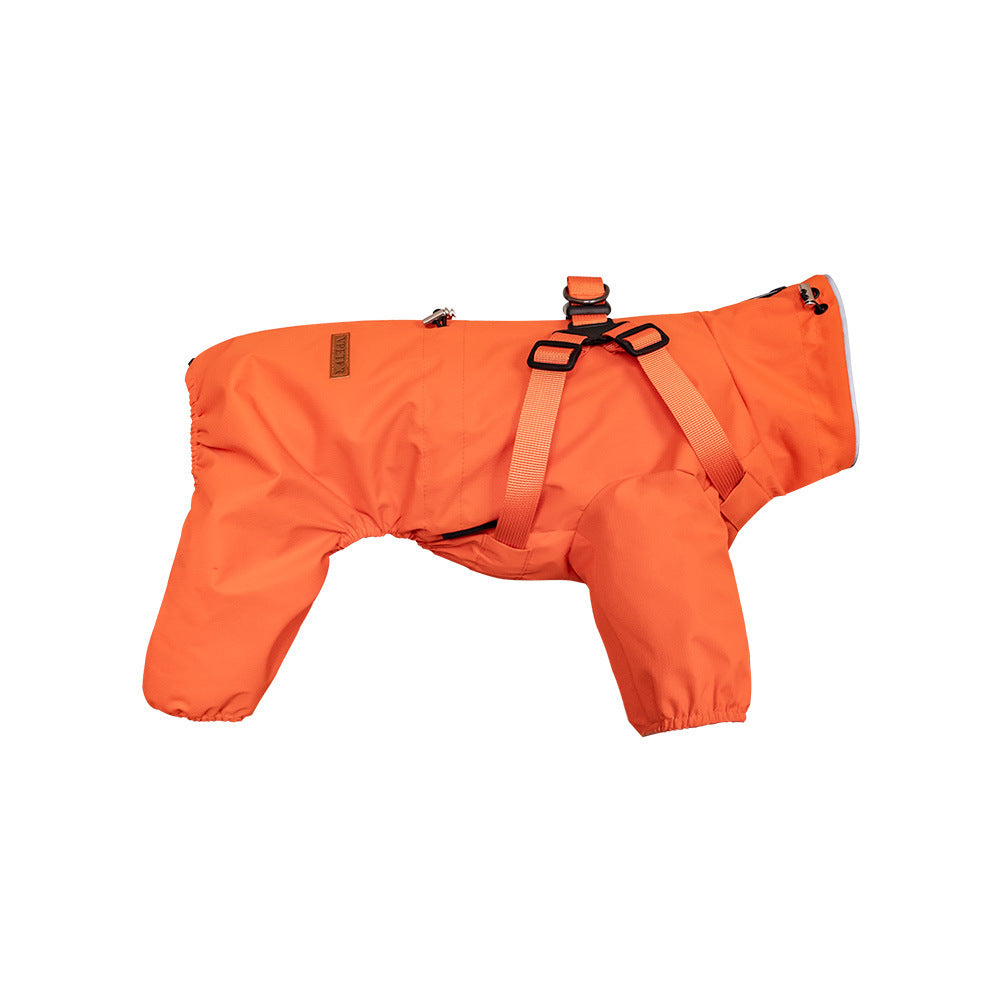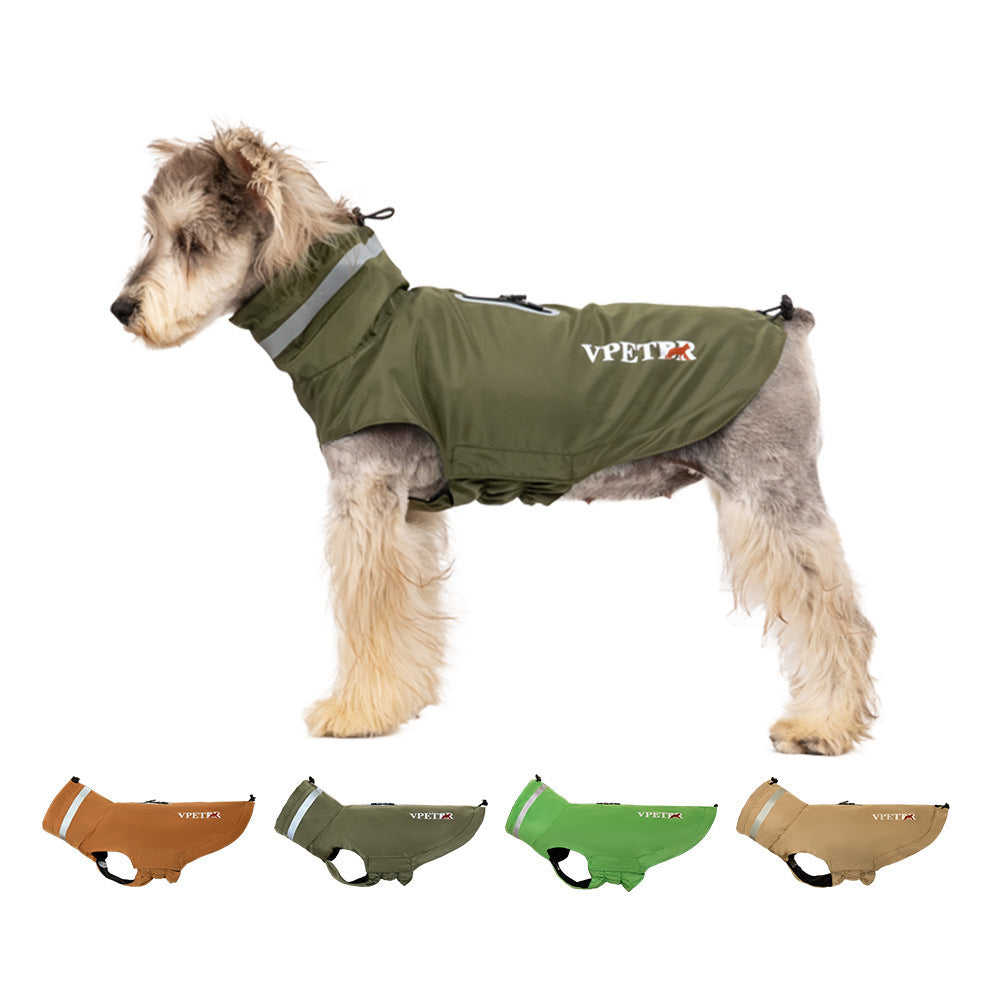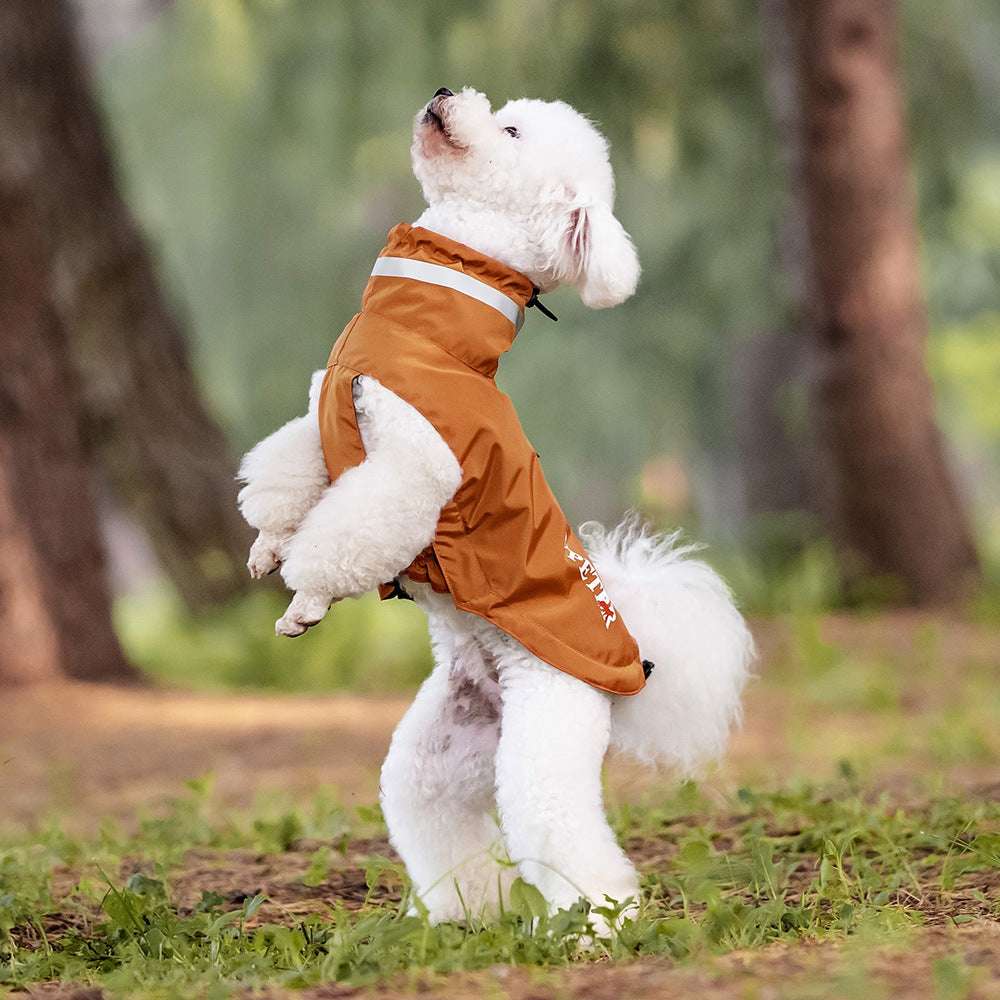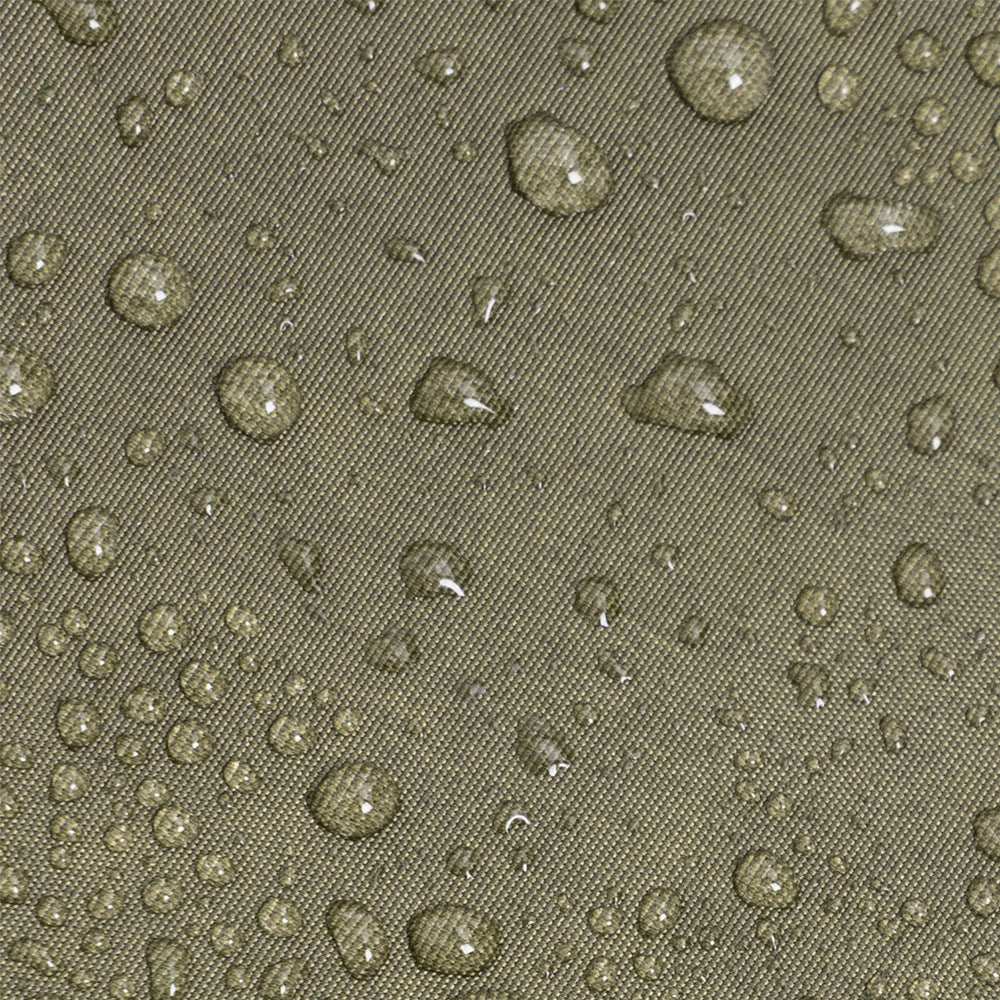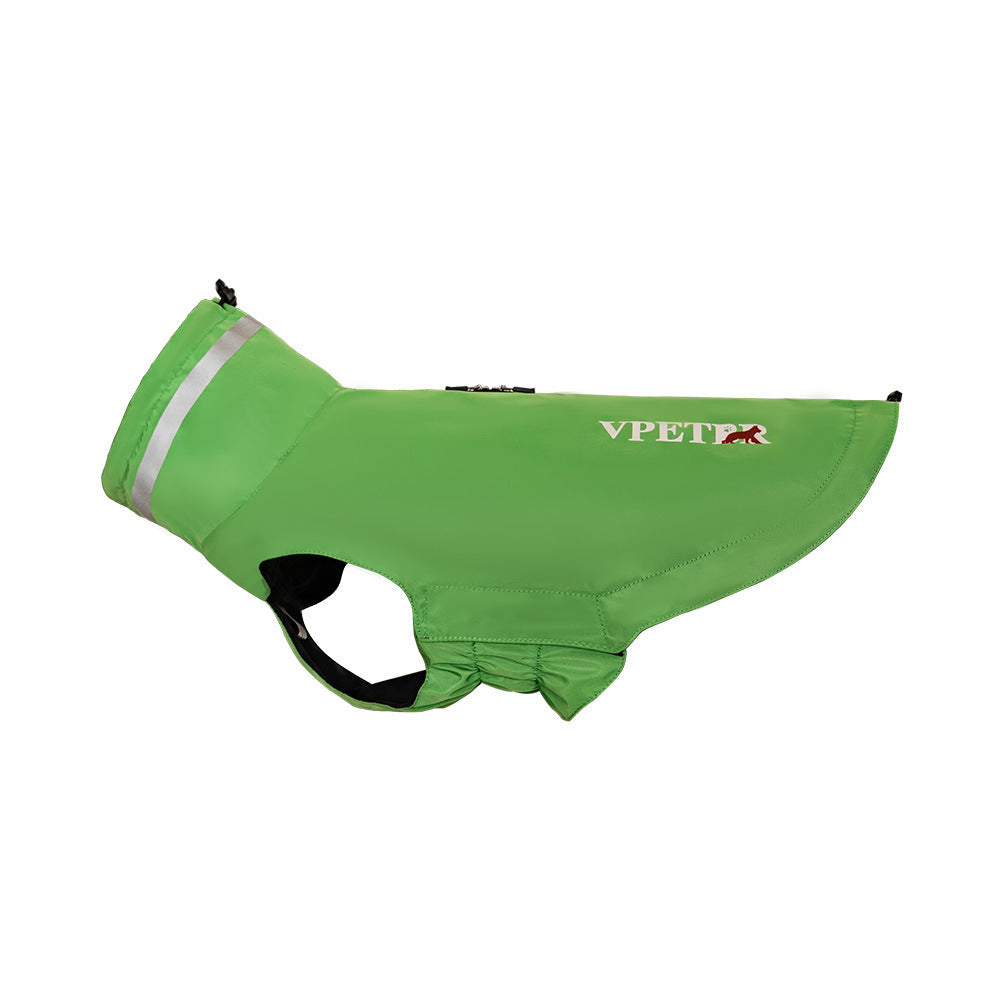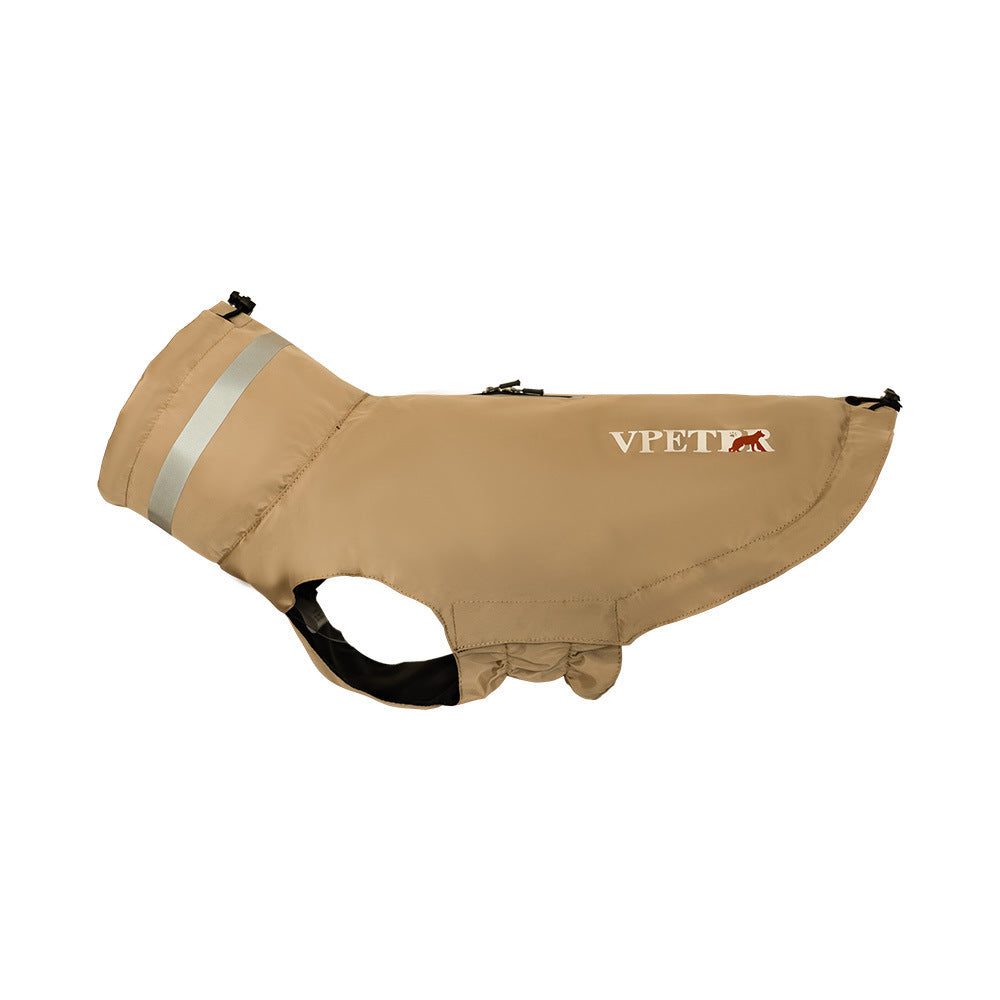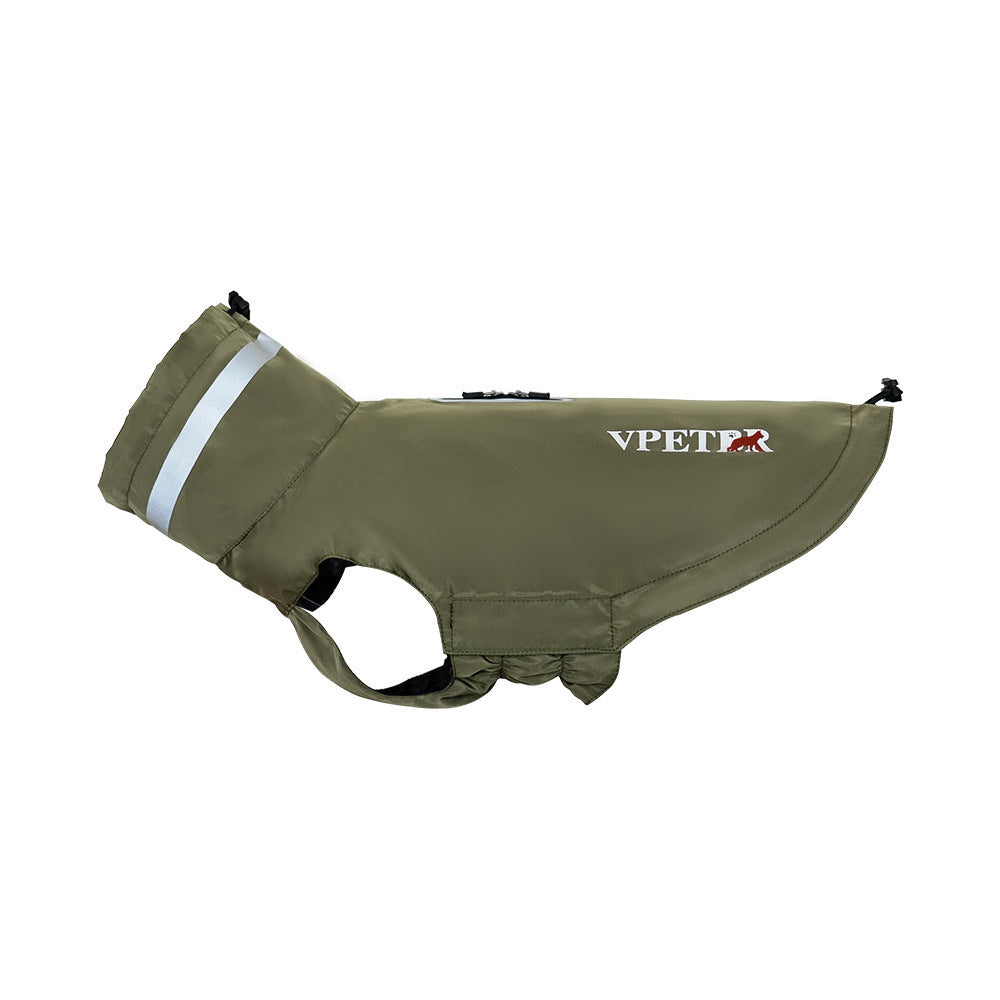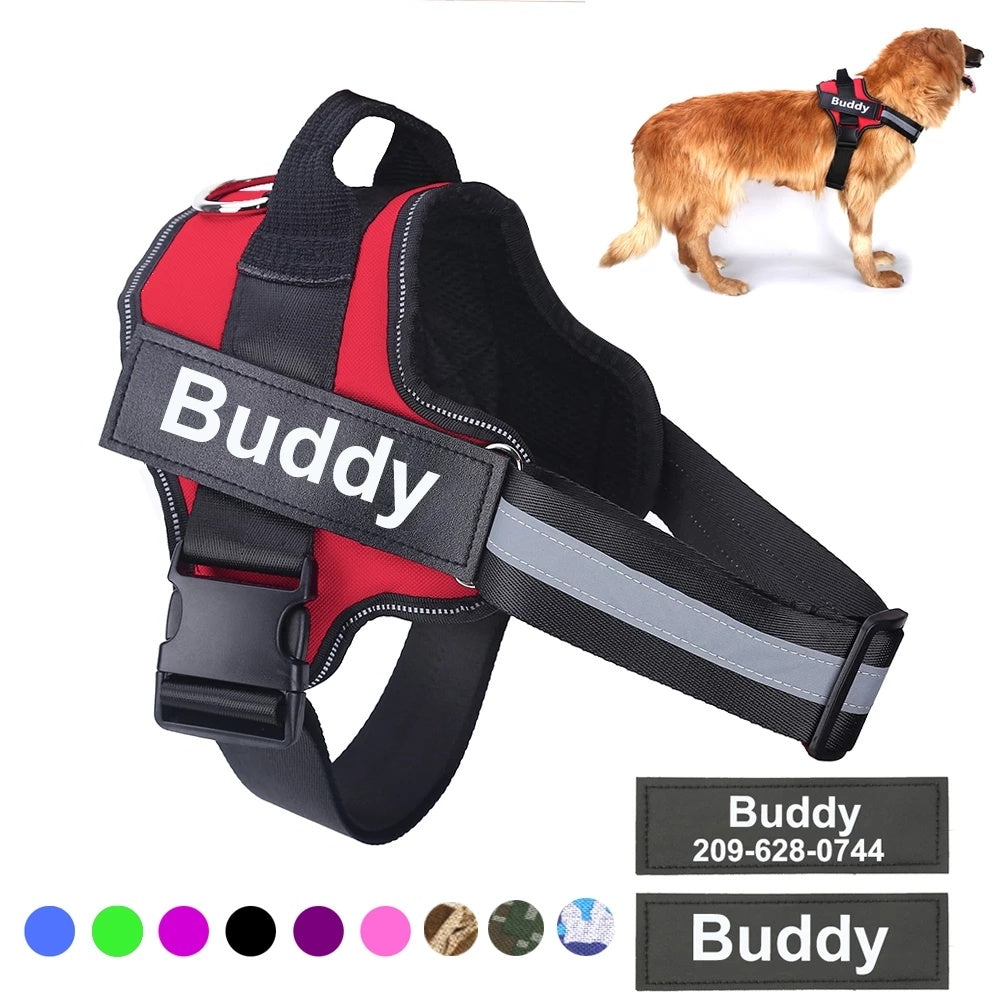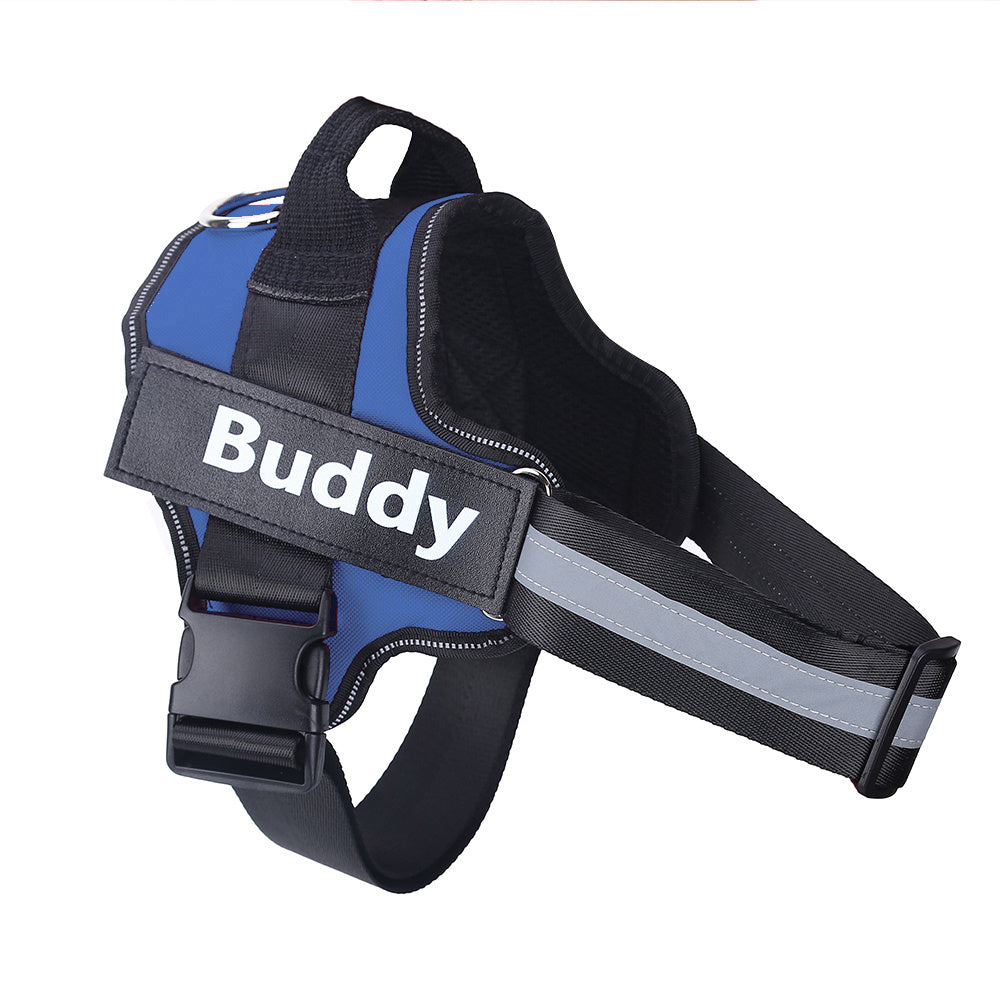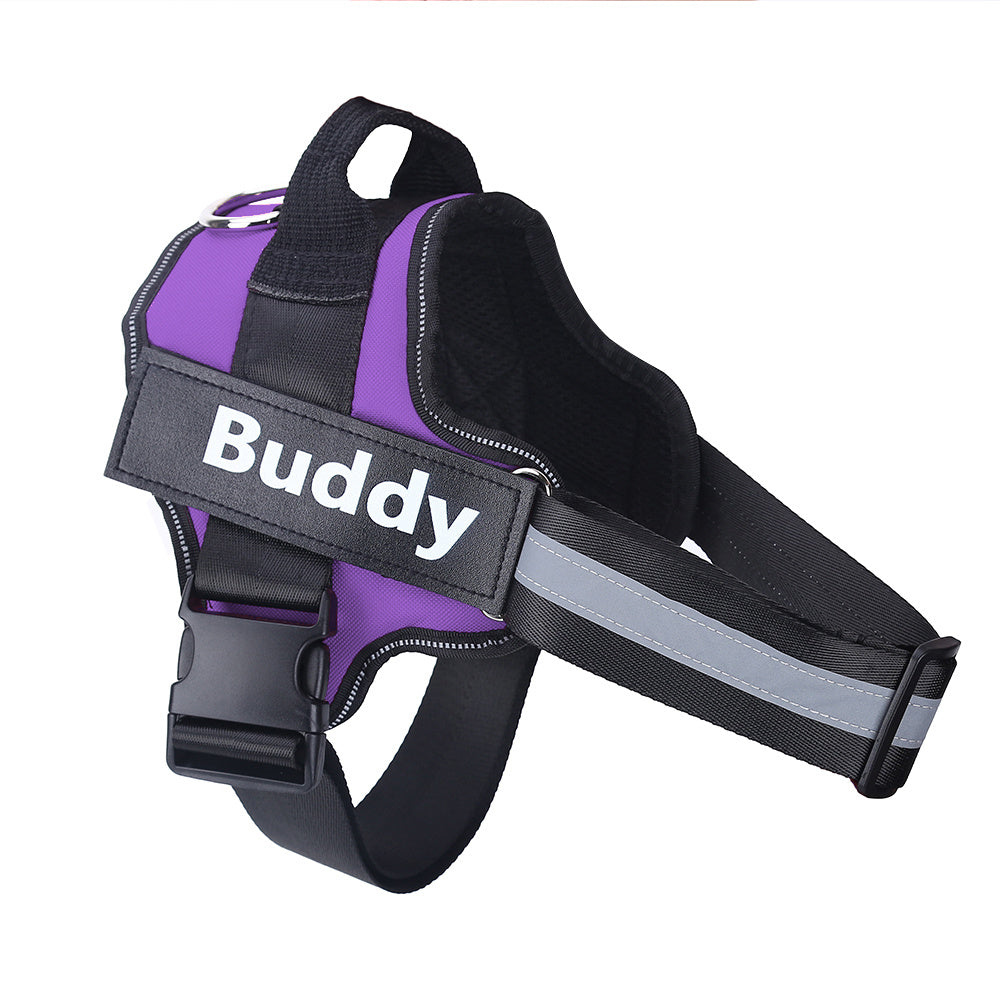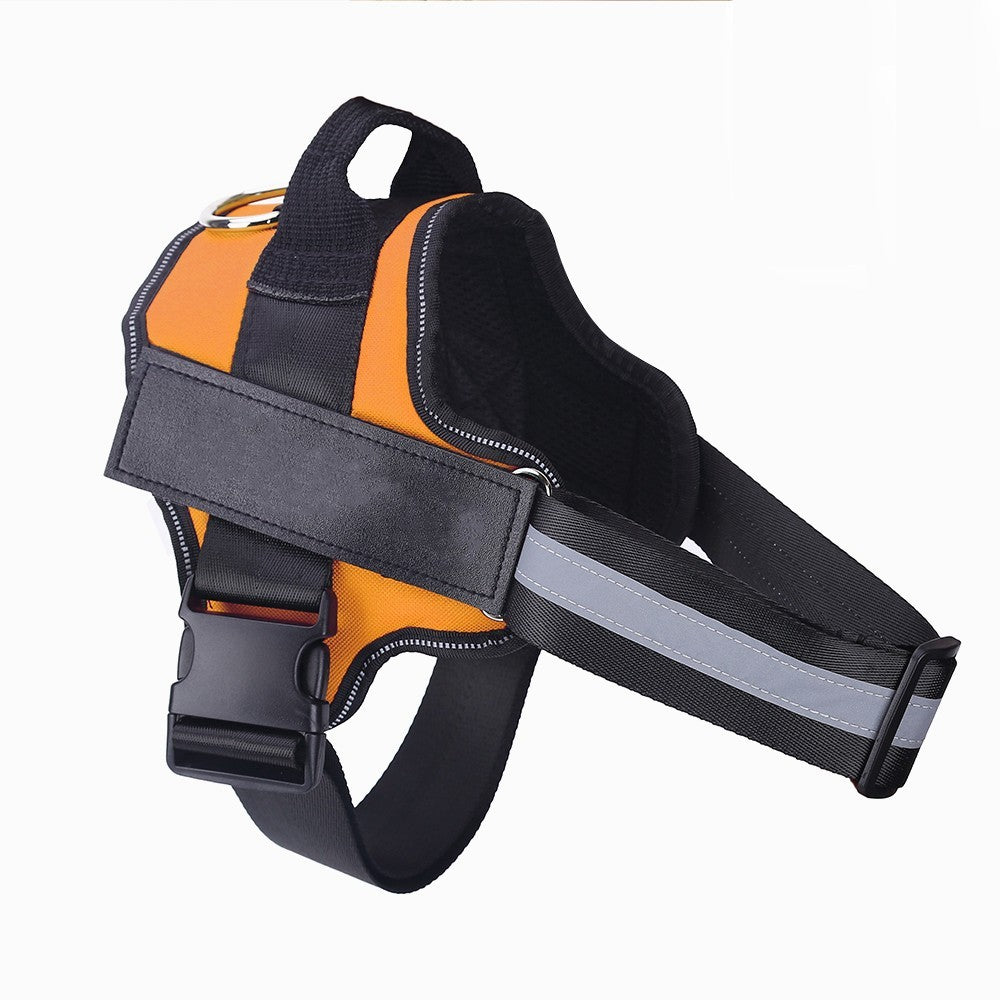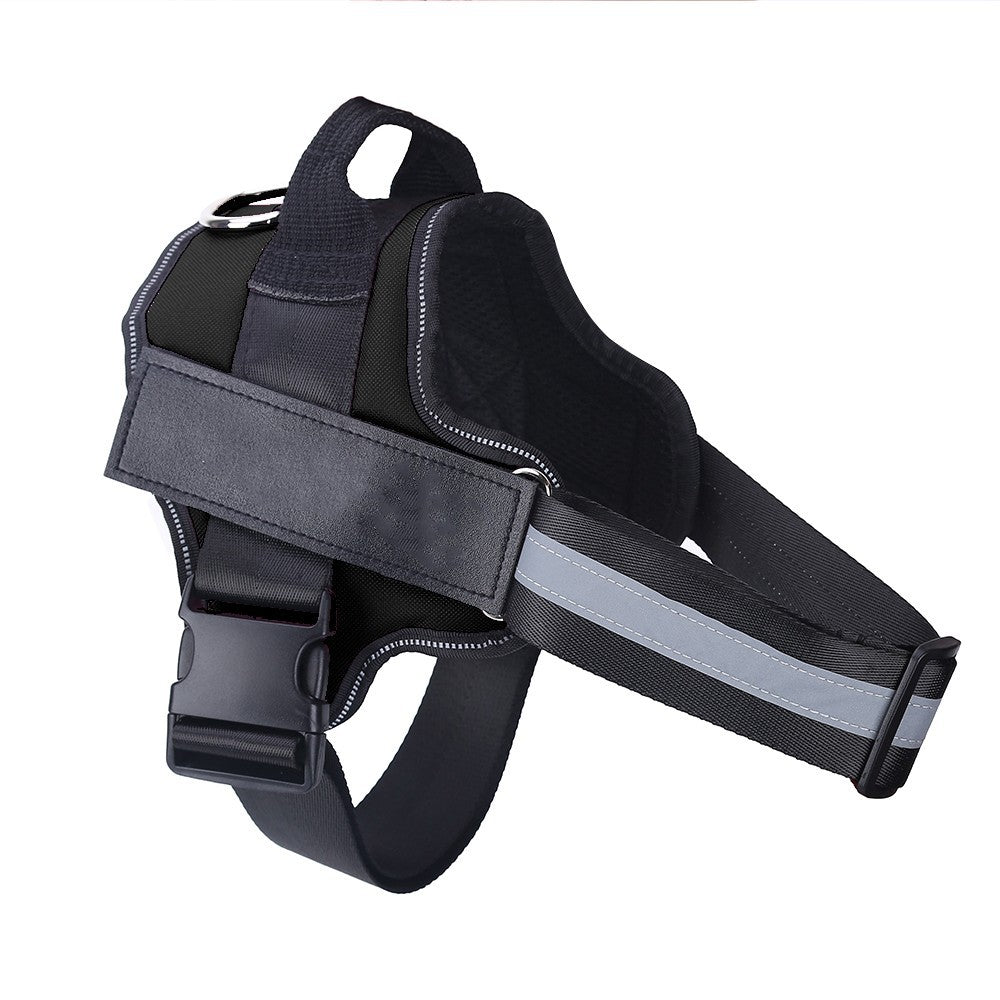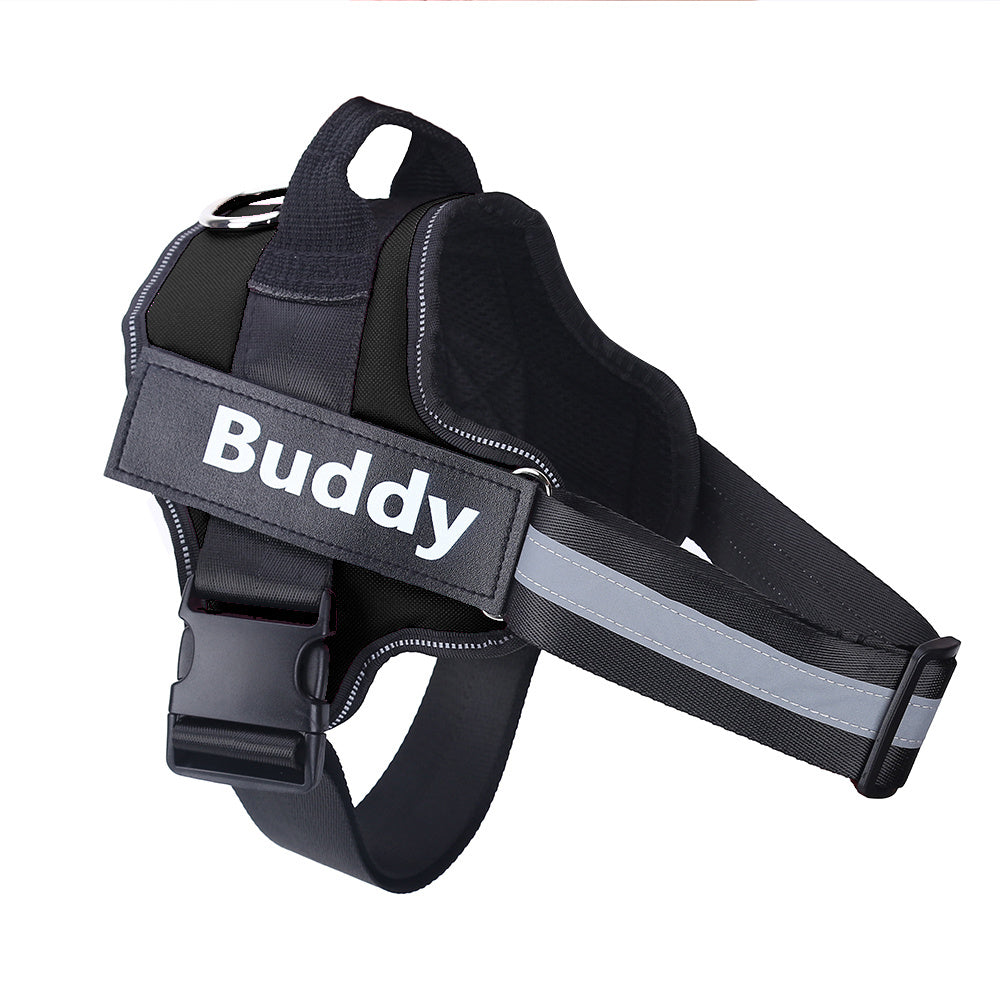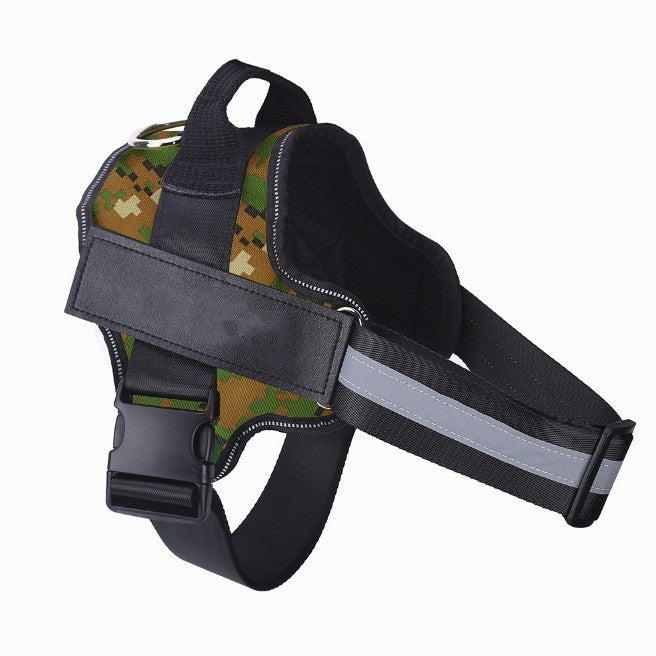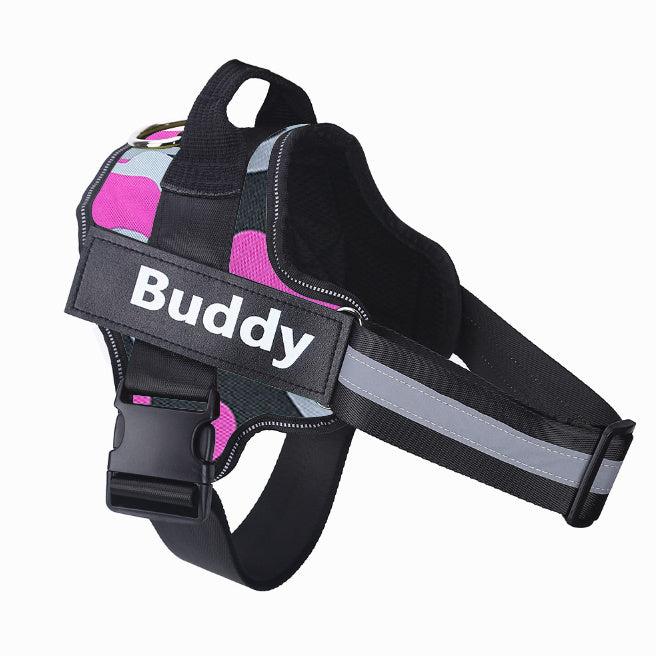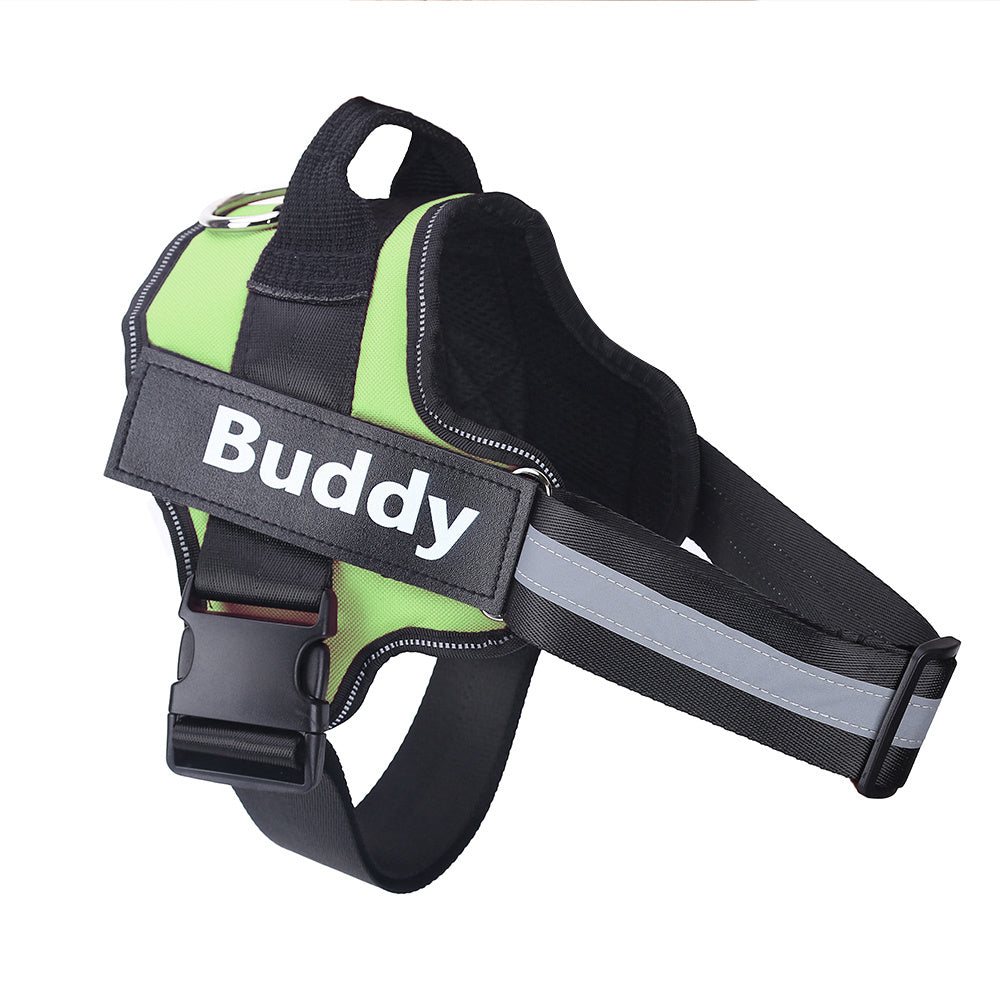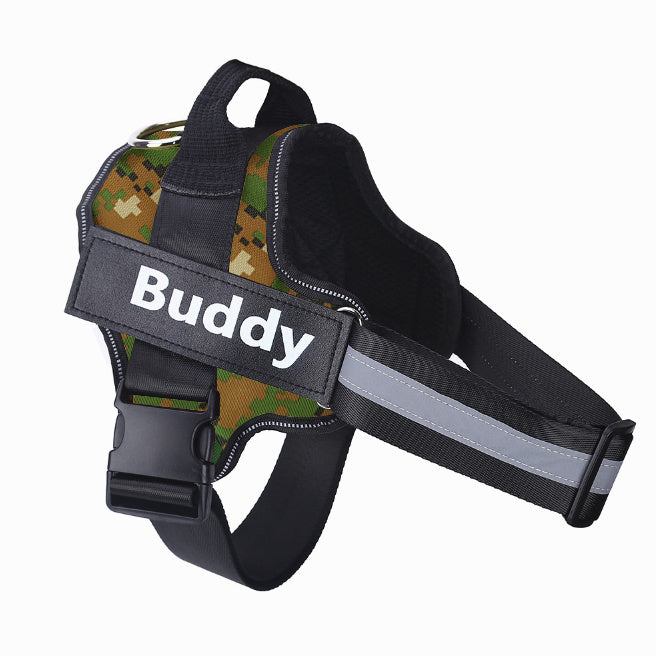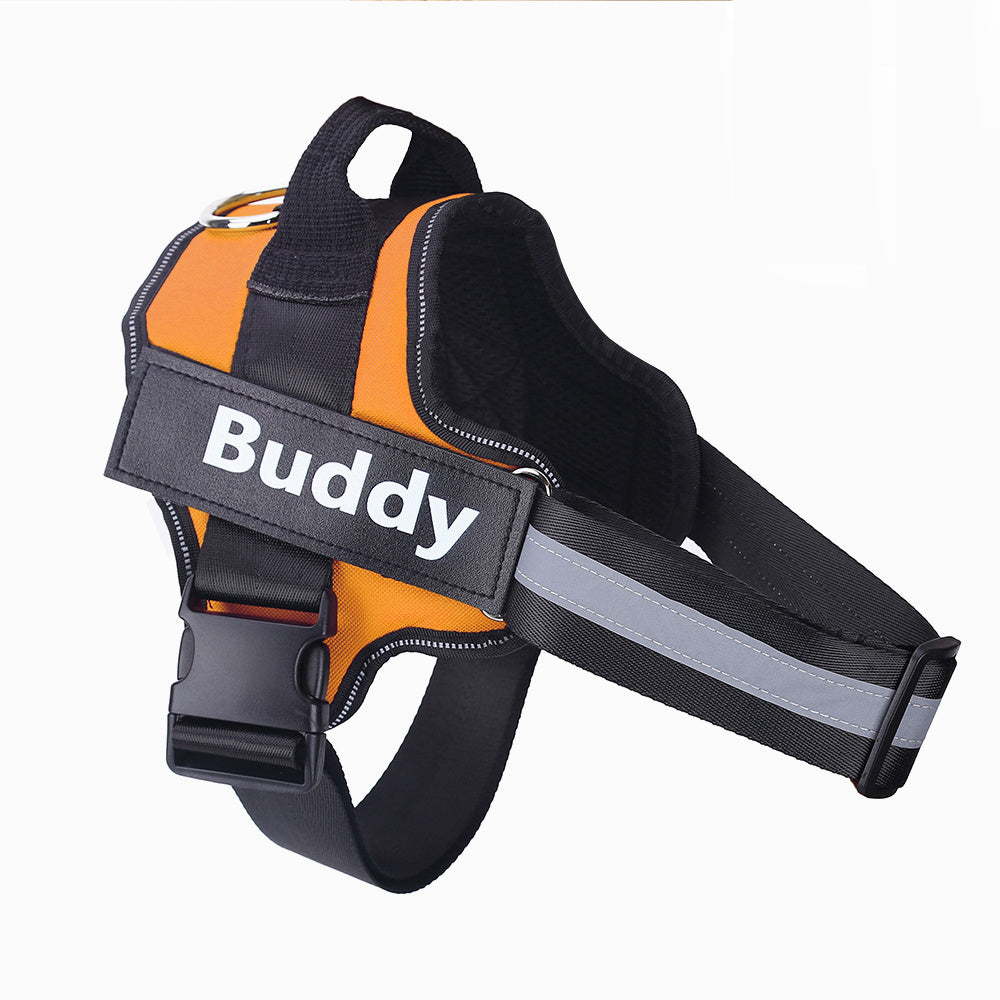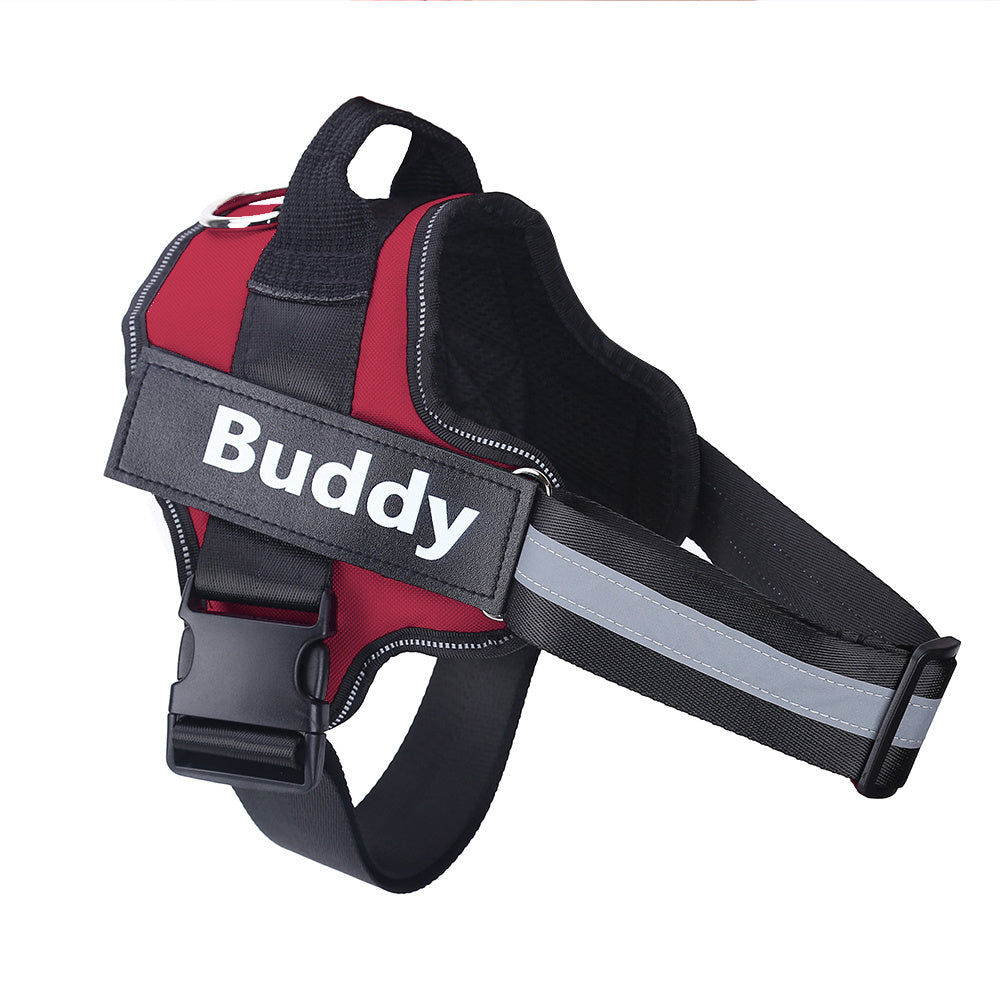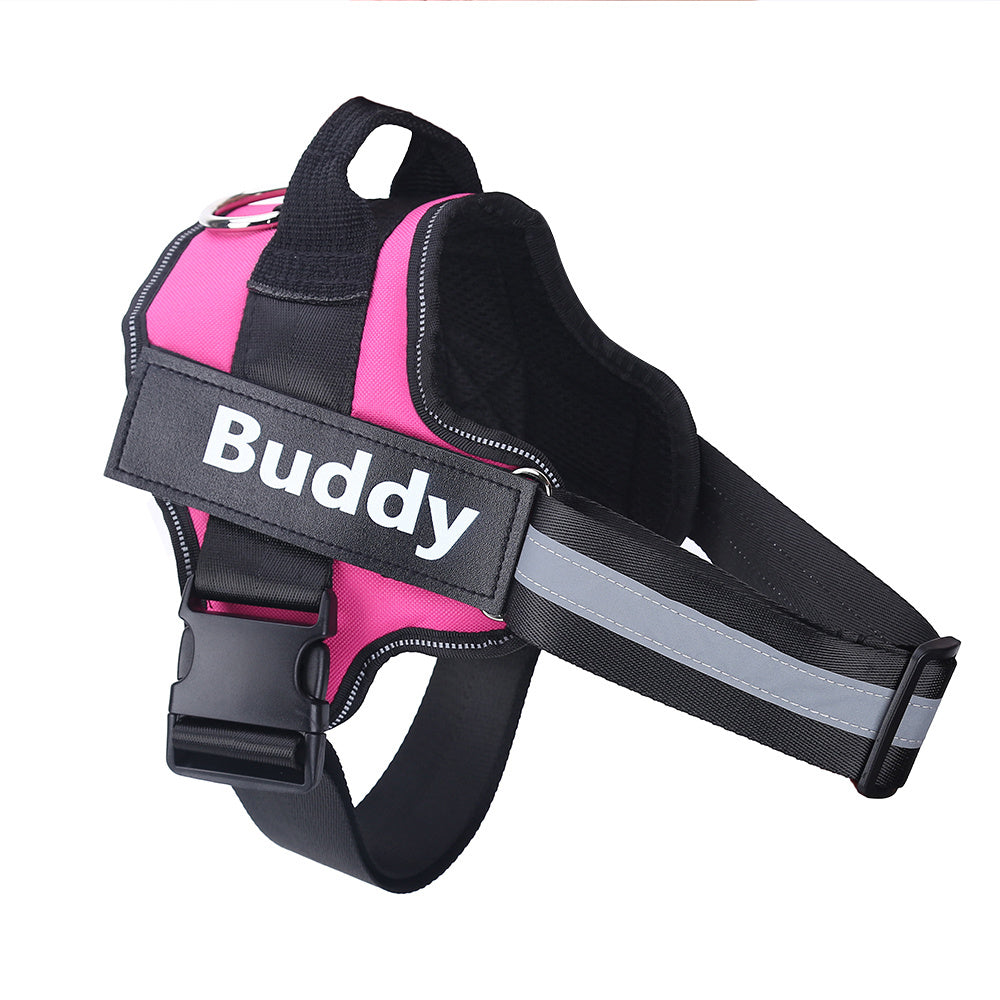Imagine this: it's a beautiful sunny day, and you finally have some time for yourself and your four-legged friend. You leave the house full of enthusiasm, leash in hand, ready for a long, energetic walk. Your dog, however, has other plans. He takes a few steps, then stops. He sniffs a blade of grass for three minutes straight. Then a lamppost. Then a rock. Then... absolutely nothing, apparently, but he sticks his nose in there as if he's found treasure. Your patience begins to fray. "Let's go!", "Stop sniffing!", "That's not interesting!"
Sound familiar? You're in good company. Many owners, especially first-time ones, experience walks as a struggle between their own pace and their dog's. Yet, that obsessive sniffing isn't a prank, it's not boredom, and it's not a whim. Quite the opposite: it's the most important and interesting thing your dog is doing at that moment.
For him, smelling is like reading a fascinating newspaper, scrolling through social media, or having a long chat with a friend. It's telling him about the world. Understanding this deep instinct is key to transforming a walk from a moment of frustration into an incredibly enriching experience for both of us.
Your Dog's Superpower: A Billion-Sensor Nose
To truly appreciate what your dog does, we must first understand what he does it with. His sense of smell is a superpower that we humans struggle to even imagine.
- Mind-boggling numbers: We humans have about 5-6 million olfactory receptors. A dog, depending on the breed, can have between 125 and 300 million . The Bloodhound, the undisputed champion, has as many as 4 billion.
- A dedicated brain: The part of their brain dedicated to analyzing smells is proportionally 40 times larger than ours.
- Perform complex analyses: They can smell in stereo, separating odors from one nostril to the other. They can detect odors so diluted that they are simply nonexistent to us (like a teaspoon of sugar in an Olympic-sized swimming pool!).
In essence, while we see the world, they smell it . Every street corner is covered with an invisible layer of information: who passed by, how long ago, whether they were male or female, what they ate, what mood they were in. Your dog is literally "reading" the history of the neighborhood.
What Exactly Is He Reading? The Neighborhood Newspaper
That utility pole isn't just a pole. It's a social media board full of announcements . Dogs mark with urine and feces to leave messages. Your dog, sniffing, is reading:
- "Who was there?" He recognizes the specific scent of every single dog in the neighborhood.
- "How long ago?" The intensity of the smell tells him how long the dog has been there.
- "What's your news?" Hormones and pheromones in urine communicate information about mood (excited, stressed, calm), health, and mating readiness.
Sniffing the grass where another dog peed is the canine equivalent of checking in on your friends' Facebook profiles. It's a profound social need.
Why is it so important to let your dog smell? The benefits
Allowing your dog to "read" while walking isn't just a whim to indulge. It has enormous benefits for his well-being:
- Mental Release: Sniffing is a cognitively demanding activity! It mentally tires a dog much more than running. A dog who has sniffed extensively will be calmer and more content at home.
- Stress Reduction: Understanding your surroundings helps you feel more confident and in control, reducing anxiety.
- Satisfaction of a Primary Need: This is a species-specific behavior. Preventing him from smelling is like preventing a bird from singing. It deeply frustrates him.
Finding a Balance: "Human" Walks and "Dog" Walks
Understanding the importance of smell doesn't mean stopping for 20 minutes at every bush. It's about finding the right balance.
- Dedicate time to him alone: Designate at least one walk a day as " his walk." During those 15-20 minutes, let him choose the direction and sniff as much as he wants. You are simply his companion. Use a long leash to give him more freedom to explore.
- Use the "Go!" command: Teach him a signal that gives him the "go-ahead" to sniff. It can be "Go sniff!" or simply "Go!" This way, he'll also learn to distinguish between times when he can do his own thing and times when he needs to walk beside you.
- Make the walk a game: Hide treats in the grass and encourage him to find them using his nose. This will stimulate his instincts and make him very happy.
DogModa: The Right Gear for Exploring in Safety and Style
At DogModa , we believe a perfect walk is one where both you and your dog return home happy and relaxed. For you, it means having exercised; for him, it means having satisfied his need for exploration.
The right gear can make all the difference. A long, sturdy leash gives him space to sniff in peace without tearing your arm. A comfortable harness and technical pet clothing , like a raincoat for rainy days, allow him to focus on olfactory exploration, free from the discomfort of cold or wet weather.
Our online pet shop offers everything you need for pleasant and stimulating walks. From leashes to ergonomic harnesses, from brain-activating toys to warm sweaters, we select products that put your dog's well-being first. To make every sniff a comfortable and safe adventure.
Ready to turn your walk into a sensory journey for your dog?
Explore our collection of accessories for smart walks that are tailored to your dog's needs. At dogmoda.it, you'll find everything you need to make every outing a moment of companionship and discovery.





